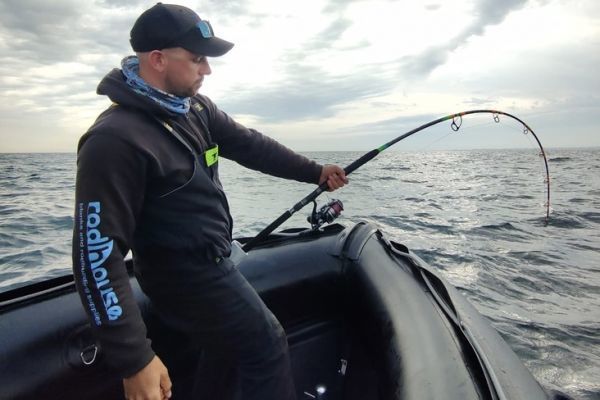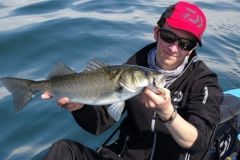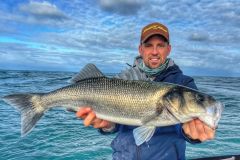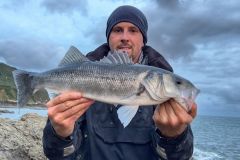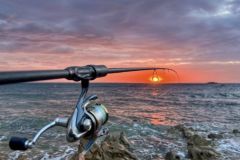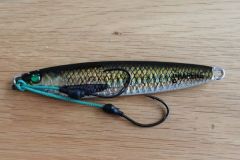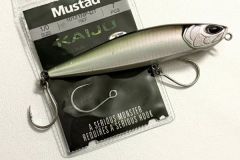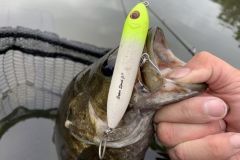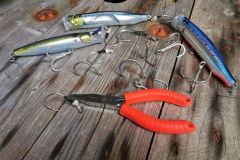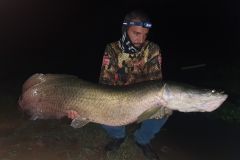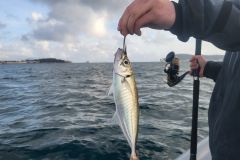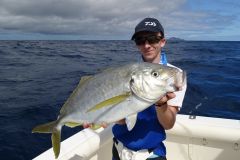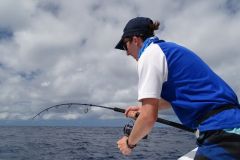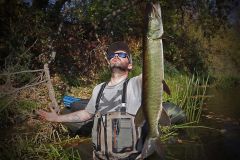Bluefin tuna fishing requires powerful, heavy equipment. Everything is overkill, whether it's the diameter of the lines, the size of the reels or the power of the rods.
The armament of the lures is also excessive, and one might think that the size of the hooks and their positioning have no impact, so imposing are they.
And yet, it's clear that balance is essential for perfectly animated lures.
Why is lure balance crucial?
The balance of a lure is crucial to its performance. A poorly balanced lure will not stay on the surface of the water if it's a surface lure, or will sink if it's overweighted. A stickbait will not swim efficiently.
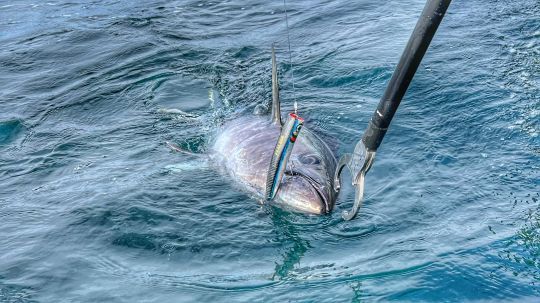
It's all in the balance of the lure. In this article, we focus on surface lures for bluefin tuna fishing, but the same applies to all hard lures used in fishing.
The vital role of hooks
These are what will balance the lures. Most of the models we use have two hooks: one ventral and one caudal.
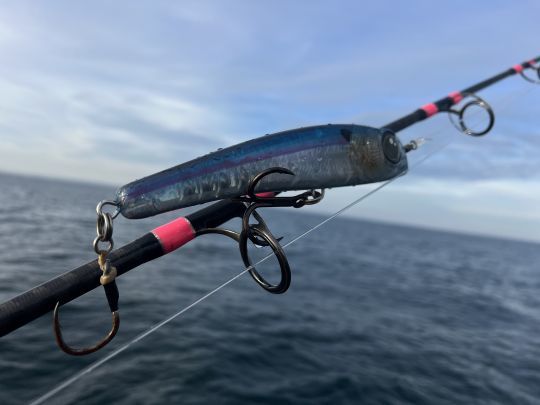
When it comes to rigging my surface lures for bluefin tuna fishing, I opt for 3 different types of hook:
- Triple hooks with the BKK Raptor range
- Single hooks (BKK Diablo)
- SHOUT assist hooks
Depending on the choice of hook, the balance will be different.
Take sea conditions into account
When fishing with surface lures, especially poppers, it can sometimes be difficult to animate them correctly, especially in rough seas.
In waves, some models - and I'm thinking in particular of the Feed Popper from Tackle House, which is one of my favourite models - tend to stall and come out of the water as soon as the angler pulls on the line to make it popper.
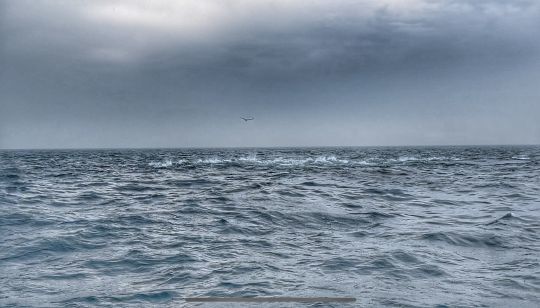
Choosing a heavier hook, with greater water resistance, allows you to get around this constraint.
Various possible combinations
I've tried several combinations on my surface lures and ended up using the same one almost all the time.
When I first started lure fishing for bluefin tuna, I was in favor of rigging my poppers with two single hooks, rather than assist hooks or traditional single hooks. This configuration allowed me to unhook fish easily, but also to limit stalls.
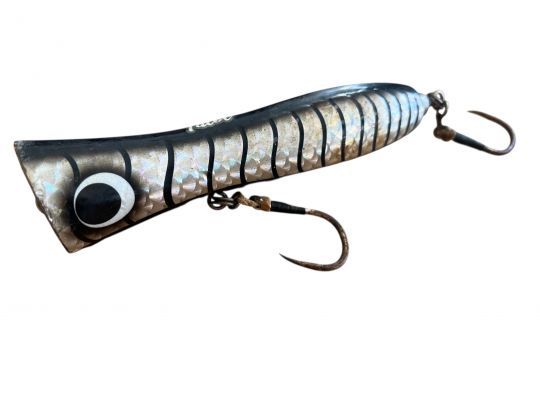
The use of an assist hook has considerably reduced the number of stalls. During the fight, the fish can't take hold of the lure because of the flexible cord that connects the hook to the stern.
But this combination of two single hooks made it difficult to animate the lure when conditions were a little rough.
I then turned to a mixed combination, positioning a treble hook ventrally and an assist hook caudally.
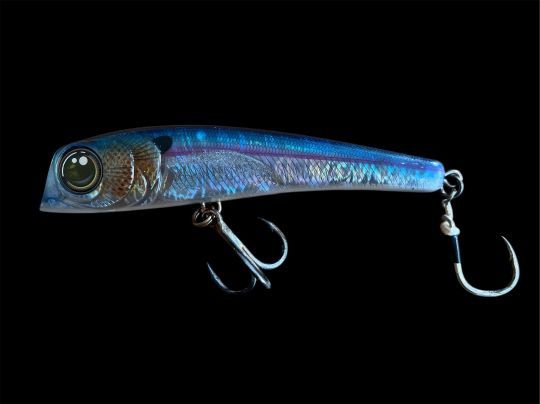
Here, the lure stays glued to the water during animation. The triple, with its high water resistance, prevents the lure from coming unstuck during animation. When stopped, the lure is better balanced.

 /
/ 